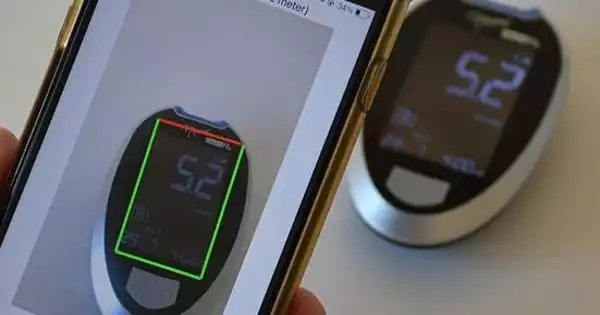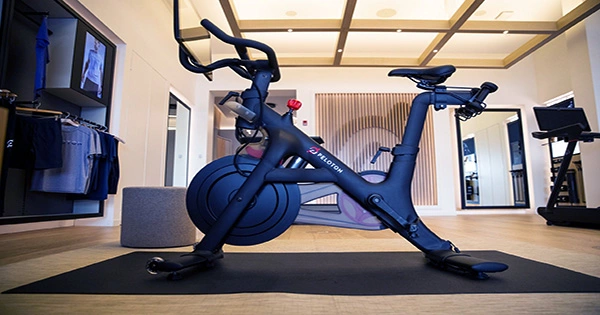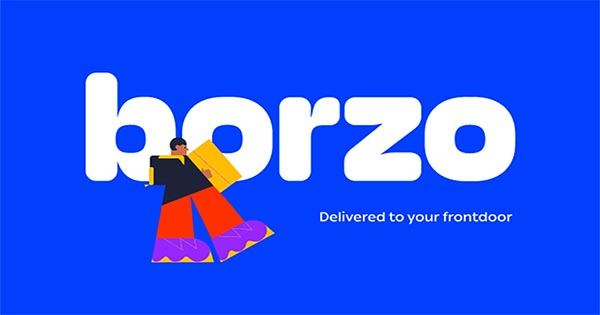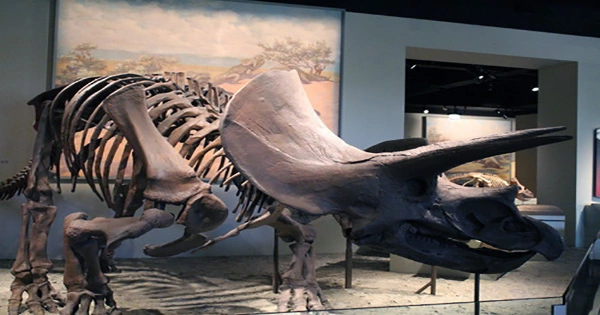A computer vision system created by engineers at the University of Cambridge has now been turned into a free mobile phone app for regular glucose monitoring in diabetics.
The program reads and records the glucose levels, time, and date displayed on a normal glucose test using computer vision algorithms and a mobile phone’s camera. The technique, which does not require an internet or Bluetooth connection, works with any type of glucose meter, in any orientation, and under a variety of lighting conditions. It also eliminates the need to replace high-quality non-Bluetooth meters, making it a cost-effective alternative for the NHS.
The Cambridge researchers collaborated with the UK glucose testing company GlucoRx to turn the technology into a free mobile phone software called GlucoRx Vision, which is currently available on the Apple App Store and Google Play Store. To use the app, users merely take a picture of their glucose meter, and the data are instantly read and stored, making blood glucose monitoring considerably easier.
Aside from the glucose meters that diabetics use every day, numerous other types of digital meters are employed in the medical and industrial sectors. However, because many of these meters currently lack wireless connectivity, linking them to phone monitoring apps frequently necessitates manual input.
These meters operate perfectly well, so we don’t want them thrown away just because they don’t have wireless connectivity. We sought to find a cheap and ecologically responsible approach to refit them using a mobile phone app.
Dr James Charles
“These meters operate perfectly well, so we don’t want them thrown away just because they don’t have wireless connectivity,” Dr. James Charles of Cambridge’s Department of Engineering stated. “We sought to find a cheap and ecologically responsible approach to refit them using a mobile phone app.”
Charles had a personal interest in the problem in addition to his interest in solving it from a technical standpoint. He has type 1 diabetes and requires up to ten glucose readings per day. Each reading is then manually entered into a tracking software to assist in determining how much insulin he requires to maintain his blood glucose levels.
“From a strictly selfish standpoint, this was something I really wanted to build,” he explained. “We needed something that was efficient, quick, and simple to use,” stated Professor Roberto Cipolla, also of the Department of Engineering. “Because diabetes can impair vision or possibly lead to blindness, we needed the app to be simple to use for those with low vision.”
The GlucoRx app’s computer vision technology is divided into two parts. The glucose meter’s screen is first detected. The researchers utilized a single training image and enhanced it with random backgrounds, particularly those with people. When the user’s face is mirrored in the phone’s screen, this helps assure the system’s robustness.
Second, a neural network dubbed LeDigit recognizes and interprets each digit on the screen. The network is trained using computer-generated synthetic data, which eliminates the requirement for labor-intensive data labeling, which is normally required to train a neural network.
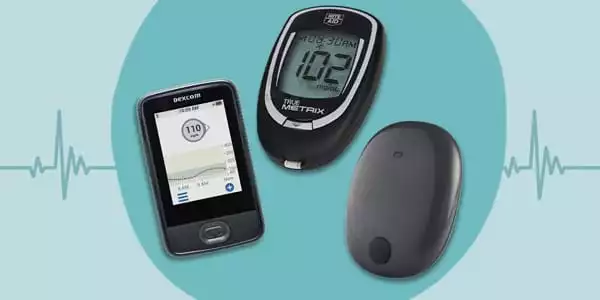
“Because the text on these meters is digital, it’s simple to train the neural network to recognize a wide range of inputs and synthesize the data,” Charles explained. “This makes it ideal for use on a mobile phone.”
“It doesn’t matter which direction the meter is in — we tested it in all kinds of orientations, perspectives, and light levels,” said Cipolla, who is also a Fellow of Jesus College. “When the app reads the information, it will vibrate to let you know you did it correctly. The system is accurate across a variety of meter types, with reading accuracies near to 100 “ercent”.
In addition to the blood glucose monitor, the researchers tested their technique on a variety of digital meters, including blood pressure monitors, kitchen and bathroom scales. The researchers also recently presented their findings at the 31st British Machine Vision Conference.
Gluco-Rx approached Cipolla’s team in 2018 to build a cost-effective and environmentally friendly solution to the problem of non-connected glucose meters, and once the technology was proven to be sufficiently robust, the company collaborated with Cambridge academics to create the app.
“We have been collaborating with Cambridge University on this unique approach, which will help revolutionize diabetes management for years to come,” said Chris Chapman, Chief Operating Officer of GlucoRx. “We intend to make this option available to all of our more than 250,000 patients as soon as possible.”
According to Charles, who has been using the app to measure his glucose levels, “makes the entire process simpler I’ve forgotten what it was like to manually enter the values, but I know I wouldn’t want to go back to it. There are a few areas in the system that may be improved, but overall, I’m extremely pleased with the results.”
